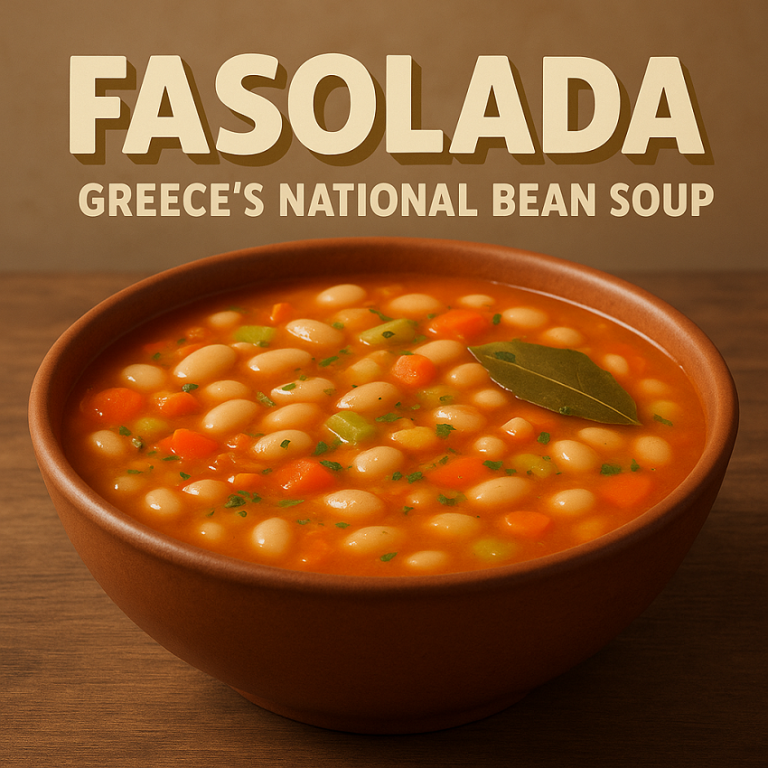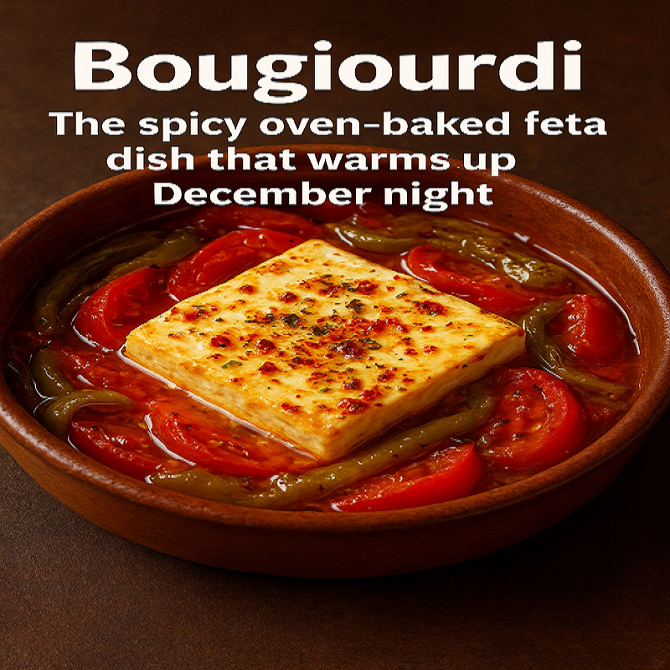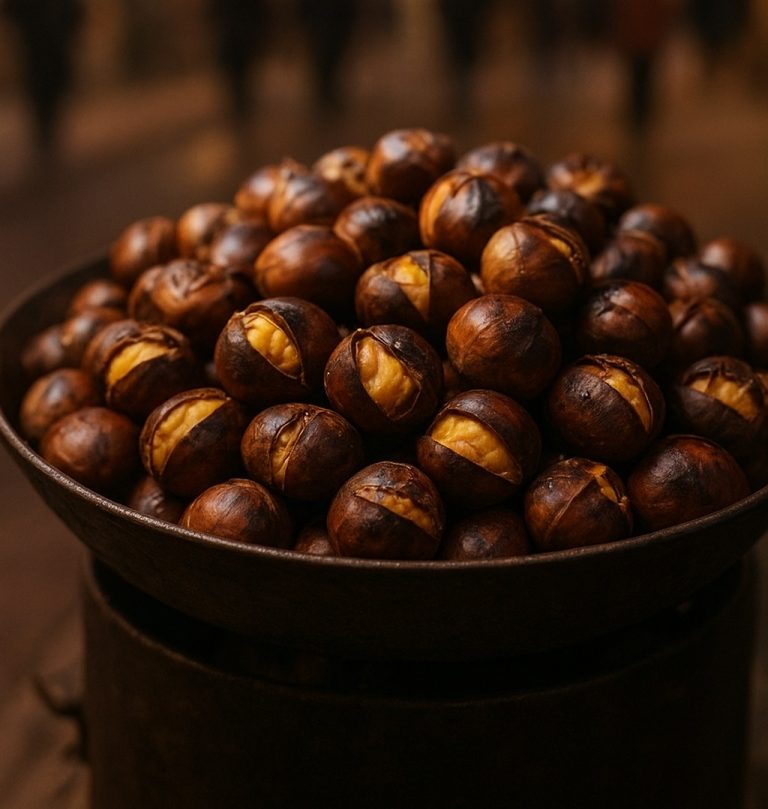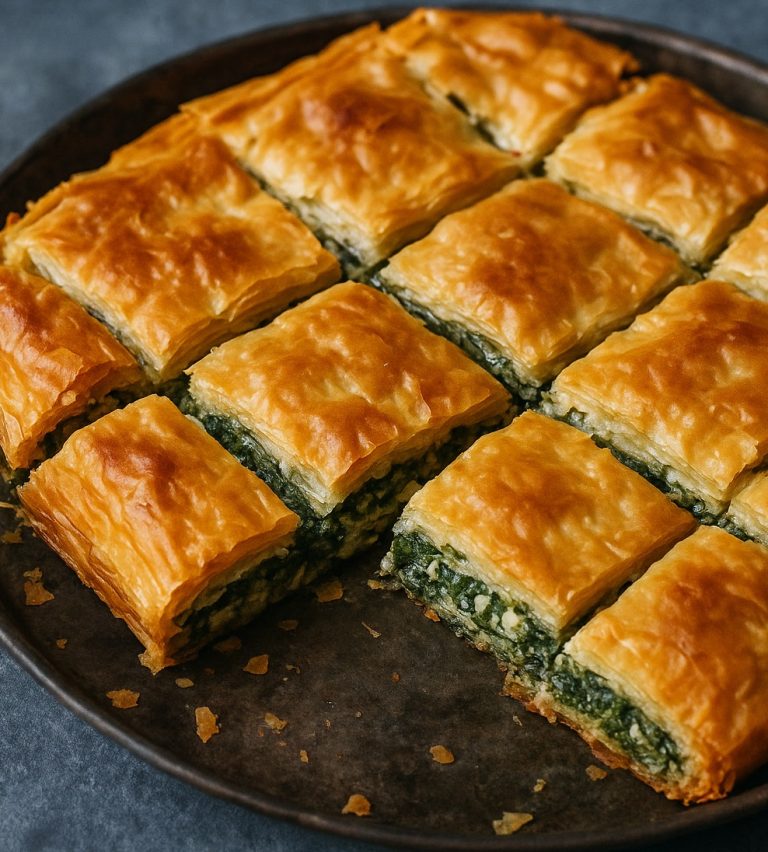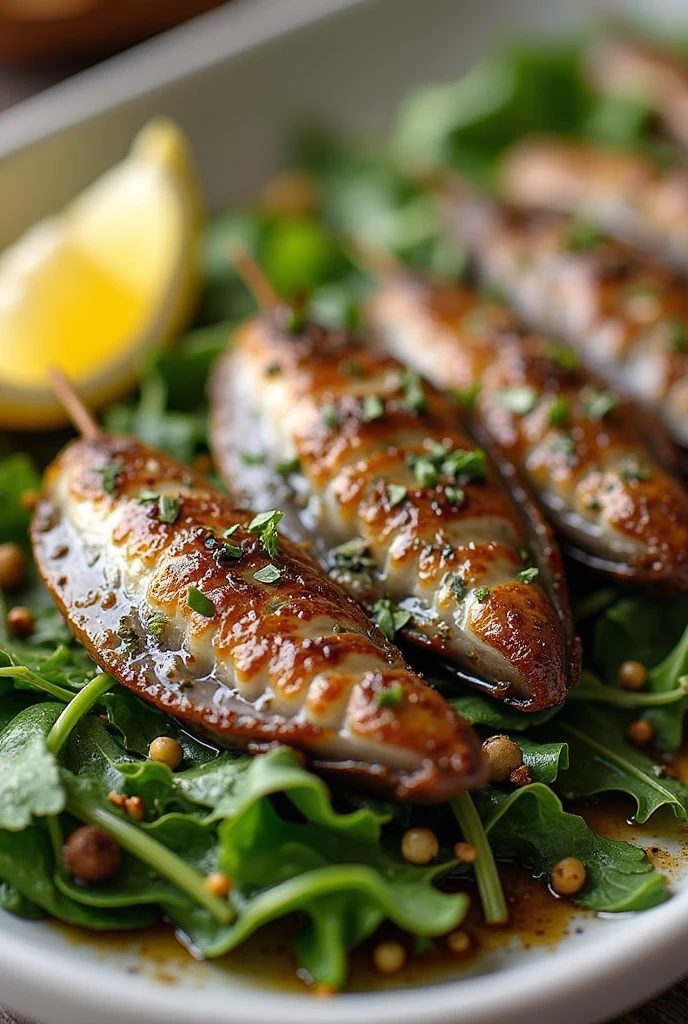
Gavros Marinatos, while primarily known as a prominent archaeologist who significantly advanced our understanding of Aegean history, also shares a name that resonates with a beloved dish in Greek cuisine: gavros. This dish typically refers to small fried anchovies, which are cherished in Greek coastal culinary traditions. Let’s explore how the essence of Gavros Marinatos can be reflected in traditional Greek food, celebrating both the archaeological legacy and the rich flavors of Greece.
The Dish: Gavros
Gavros, or small anchovies, are abundant in the Aegean Sea and play a significant role in Greek gastronomy. Their preparation and consumption are deeply intertwined with the cultural and historical fabric of the region. Here’s a closer look at how they are typically prepared and enjoyed:
- Preparation: The anchovies are cleaned, usually by removing the heads and guts, and then lightly seasoned with salt. They are often dipped in flour or breadcrumbs, which creates a crispy coating when fried. The frying process usually involves a generous amount of olive oil, a staple in Greek cooking that adds richness and enhances the flavors of the fish.
- Cooking Techniques: Common methods for preparing gavros include shallow frying in a pan or deep frying. Some variations also involve grilling the fish, which offers a healthier option while still delivering a smoky flavor. Regardless of the method, the goal is to achieve a crispy exterior that contrasts beautifully with the tender fish inside.
- Serving Suggestions: Gavros are traditionally served hot, garnished with fresh lemon wedges that add brightness to the dish. A sprinkle of fresh herbs, such as parsley or dill, can also enhance the presentation and flavor. They can be enjoyed as a standalone appetizer or as part of a larger meal.
- Accompaniments: This dish is often accompanied by a side of tzatziki, a yogurt-based dip made with cucumber, garlic, olive oil, and herbs. The coolness of tzatziki complements the warm, crispy anchovies beautifully. Additionally, a refreshing Greek salad (Horiatiki), made with ripe tomatoes, cucumbers, onions, olives, and feta cheese, provides a vibrant contrast to the savory fish.
Cultural Significance
The significance of gavros extends beyond mere culinary enjoyment; it connects deeply with Greece’s rich maritime heritage. Much like the archaeological discoveries of Gavros Marinatos, this dish represents local fishing traditions and the importance of fresh, regional ingredients in Greek cooking.
- Historical Context: Fishing has been a vital part of Greek culture for centuries. Coastal communities relied on the sea for sustenance and trade, shaping their culinary practices. Gavros, being abundant and easy to catch, became a staple for many families, particularly in island regions.
- Social Aspect: In Greece, food is often a communal experience. Sharing dishes like gavros during family gatherings, festivals, or at seaside tavernas fosters a sense of community and connection. The enjoyment of food is intertwined with social interactions, making meals a cherished aspect of Greek life.
- Connection to Archaeology: Just as Gavros Marinatos unearthed artifacts that revealed the ancient Minoan civilization, the act of preparing and enjoying traditional dishes allows us to connect with Greece’s past. Each bite of gavros links us to generations that have come before, celebrating their ways of life and culinary practices.
Pairing with Other Greek Dishes
To create a complete meal inspired by Gavros Marinatos, consider pairing fried anchovies with other classic Greek dishes:
- Moussaka: A layered casserole made with eggplant, ground meat, and béchamel sauce. Its rich flavors and hearty texture offer a satisfying contrast to the lightness of the fried anchovies.
- Dolmades: Grape leaves stuffed with rice, pine nuts, and herbs. These bites add a fresh, herbal element to the meal and are often served with a side of lemon sauce.
- Spanakopita: Spinach and feta-filled pastries wrapped in flaky phyllo dough. The combination of savory fillings and crispy pastry complements the anchovies perfectly.
- Fava: A creamy split pea dip, often served with pita bread. Its smooth texture and mild flavor balance the savory profile of the fried fish.
Conclusion
In celebrating Gavros Marinatos through food, we appreciate the connection between archaeology and culinary traditions. Just as Marinatos unearthed the rich history of ancient Greece, enjoying gavros and other traditional dishes allows us to taste and experience the vibrant culture and history of the region. Whether enjoyed at a seaside taverna, during a family gathering, or as part of a festive celebration, gavros embodies the spirit of Greek hospitality and the joy of sharing good food.
Greek cuisine, with its emphasis on fresh ingredients, communal dining, and rich flavors, serves as a testament to the country’s enduring cultural legacy. Each dish, including the humble anchovy, tells a story, inviting us to explore the past while savoring the present. So, the next time you indulge in a plate of crispy gavros, remember the deeper connections it holds—both to the archaeological wonders of Greece and to the timeless traditions of its people.
